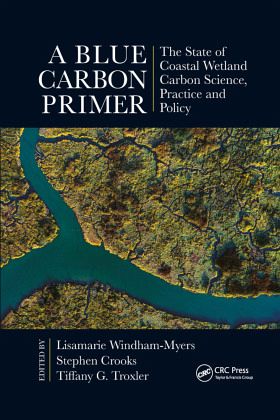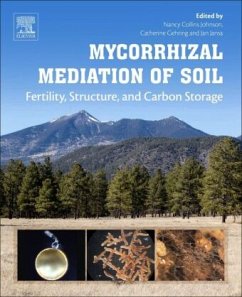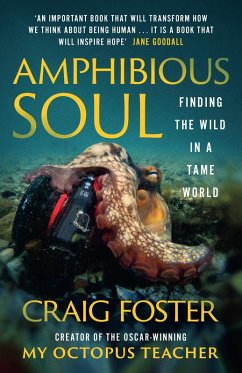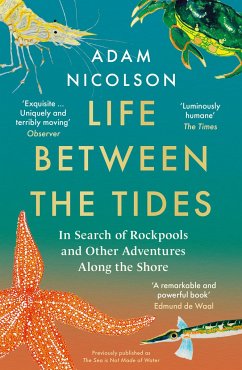
A Blue Carbon Primer
The State of Coastal Wetland Carbon Science, Practice and Policy
Herausgegeben: Windham-Myers, Lisamarie; Crooks, Stephen; Troxler, Tiffany G.

PAYBACK Punkte
34 °P sammeln!
Key features:Captures the historic context and recent developments in science and policy arenas that address the potential for coastal wetlands to be considered as significant contributors to carbon sequestrationLinks multiple levels of science (biogeochemistry, geomorphology, paleoclimate, etc.) with blue carbon concepts (science, policy, mapping, operationalization, economics) in a single compendiumConcludes with a discussion of future directions which covers integrated scientific approaches, impending threats and specific gaps in current knowledgeIncludes 7 case studies from across the glob...
Key features:
Captures the historic context and recent developments in science and policy arenas that address the potential for coastal wetlands to be considered as significant contributors to carbon sequestrationLinks multiple levels of science (biogeochemistry, geomorphology, paleoclimate, etc.) with blue carbon concepts (science, policy, mapping, operationalization, economics) in a single compendiumConcludes with a discussion of future directions which covers integrated scientific approaches, impending threats and specific gaps in current knowledgeIncludes 7 case studies from across the globe that demonstrate the benefits and challenges of blue carbon accountingWritten by over 100 leading global blue carbon experts in science and policy.
Blue Carbon has emerged as a term that represents the distinctive carbon stocks and fluxes into or out of coastal wetlands such as marshes, mangroves, and seagrasses. The Blue Carbon concept has rapidly developed in science literature and is highly relevant politically, as nations and markets are developing blue carbon monitoring and management tools and policies. This book is a comprehensive and current compendium of the state of the science, the state of maps and mapping protocols, and the state of policy incentives (including economic valuation of blue carbon), with additional sections on operationalizing blue carbon projects and 7 case studies with global relevance.
Captures the historic context and recent developments in science and policy arenas that address the potential for coastal wetlands to be considered as significant contributors to carbon sequestrationLinks multiple levels of science (biogeochemistry, geomorphology, paleoclimate, etc.) with blue carbon concepts (science, policy, mapping, operationalization, economics) in a single compendiumConcludes with a discussion of future directions which covers integrated scientific approaches, impending threats and specific gaps in current knowledgeIncludes 7 case studies from across the globe that demonstrate the benefits and challenges of blue carbon accountingWritten by over 100 leading global blue carbon experts in science and policy.
Blue Carbon has emerged as a term that represents the distinctive carbon stocks and fluxes into or out of coastal wetlands such as marshes, mangroves, and seagrasses. The Blue Carbon concept has rapidly developed in science literature and is highly relevant politically, as nations and markets are developing blue carbon monitoring and management tools and policies. This book is a comprehensive and current compendium of the state of the science, the state of maps and mapping protocols, and the state of policy incentives (including economic valuation of blue carbon), with additional sections on operationalizing blue carbon projects and 7 case studies with global relevance.













